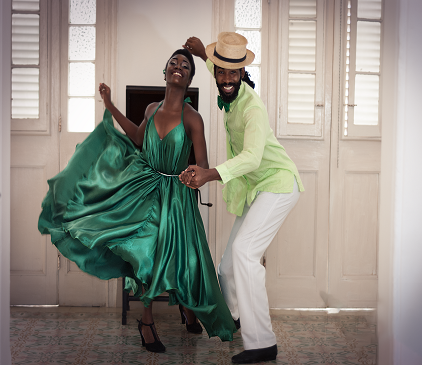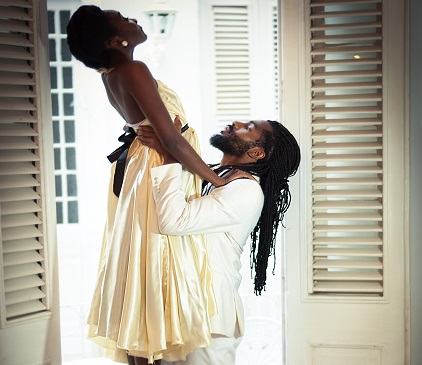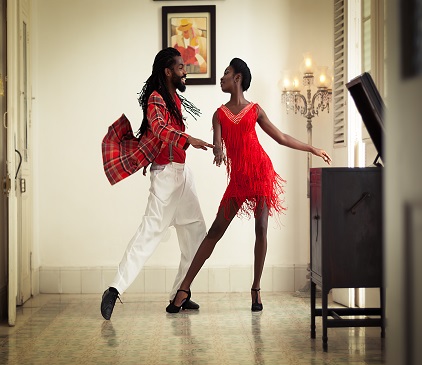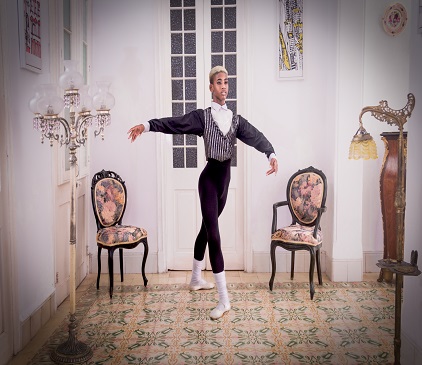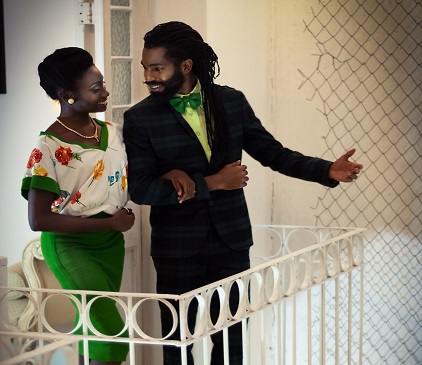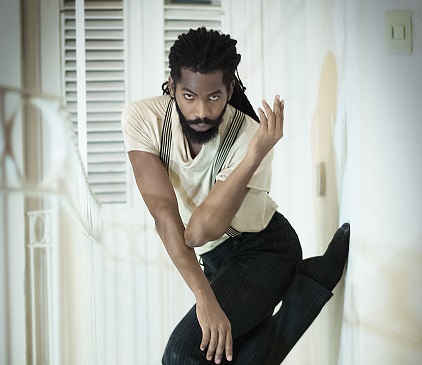Cuban dances
Origins of ballroom dancing in Cuba.
Different classifications of the dance-music manifestations can be found within the extensive dance heritage that Cuba has today, belonging to the three main roots of Cuban folklore: Hispanic, African and Franco-Haitian. Among them we can mention the traditional folk dances of ritual content, and the secular or profane traditional folk dances. Intrinsically to the latter, social or ballroom dances are distinguished in turn.
This is the case of popular festivals, carnivals, parrandas, charangas and all kinds of public or private parties.
Since the 18th century, and probably before; the most diverse ballroom dances that arose in other countries were introduced in Cuba through different channels, and that constituted the fashion of the moment (French Country dance, Minuet, Rigodon, Lanceros, Quadrille, Waltz). After arriving to the Island and reaching its peak, they underwent a process of adaptation to the new socio-cultural and geographical conditions. The antecedents of the Cuban ballroom dances can be found in the Country-dance, a danceable musical genre cataloged within the so-called dance codes, which originated in England and Normandy.
The Country-dance is introduced in Cuba by Spain that, as a colony, imposed its habits and customs on the Island; by England, when the British seized Havana in 1762; and by France, as a consequence of the successive Franco-Haitian migrations to the eastern part of the country during the Haitian Revolution in 1791.
The elements from African music entered this dance genre through the musicians who played it, who were part of the bands of black people who played in public dances, dance schools, crib parties, patron festivals and festivals of the aristocratic class.
The genres of La Clave, La Habanera, La Criolla and Danzón were born from the country-dance.
The elements from African music entered this dance genre through the musicians who played it, who were part of the bands of black people who played in public dances, dance schools, crib parties, patron festivals and festivals of the aristocratic class.
The genres of La Clave, La Habanera, La Criolla and Danzón were born from the country-dance. The most important substantial element contributed by the country-dance to the Cuban ballroom dance was its basic step. This consists of moving forward or backward alternating feet, in four musical beats. In essence this basic form was maintained in dance, danzón, son and casino, although it evolved in different periods with certain changes in body accents and rhythm, and some other minor variations or ornaments on the feet, especially in the displacements and the execution of new figures.
The form of execution of the movements was surely influenced by the slaves, since they also taught the young ladies to dance.
Dance has as a very special characteristic due to for the first time in Cuban ballroom dancing; men take women in closed social dance positions. This arrangement between the pairs was used in danzón, danzonete, cha-cha-chá, son and finally the casino.

“…men take women in closed social dance positions…”
INFORMATION
EMAIL: info@dancingcuba.com

